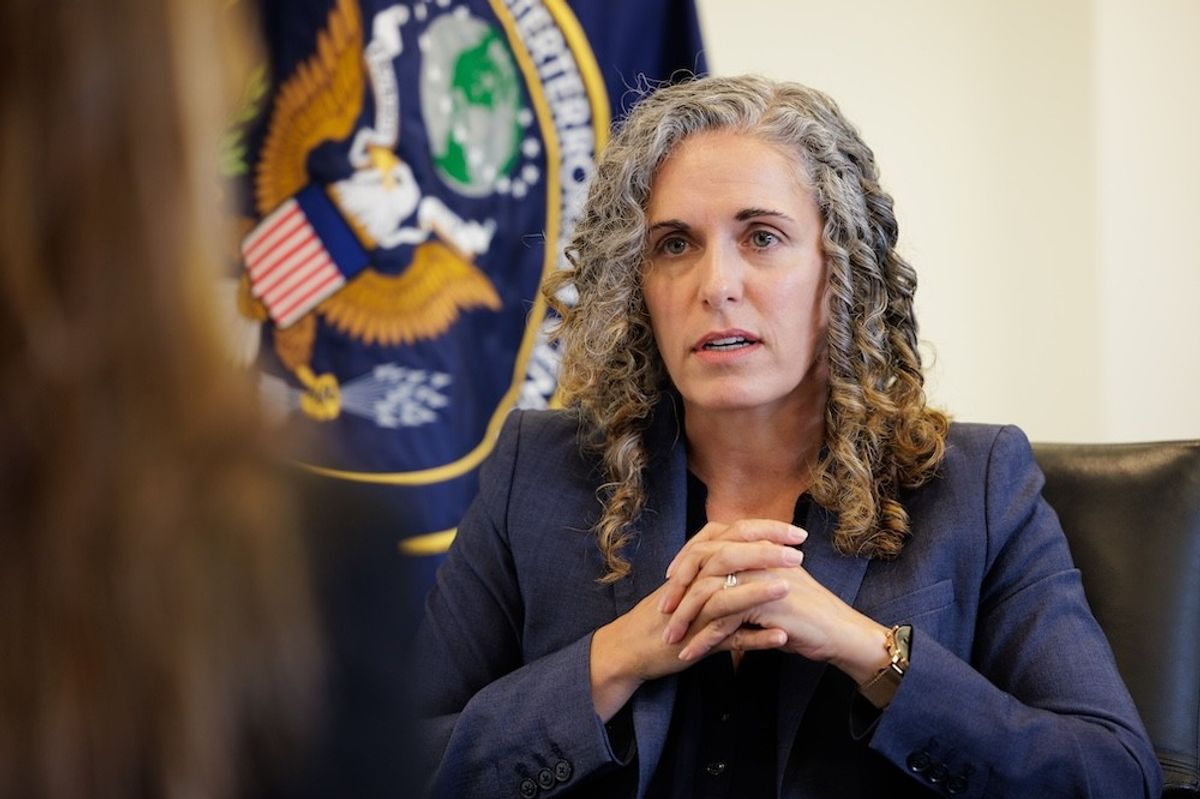Following this week’s devastating terror attacks against an airport and metro station in Belgium, the U.S. Embassy in Brussels issued a security message for U.S. citizens informing them of the terrorism activity and increased police presence. Their message was clear and concise. They urged citizens to be aware of local events, follow the instructions of local authorities, monitor local media developments, contact family and friends to update them on their safety, and, most importantly, take the appropriate steps to bolster personal security.
While this warning was specifically aimed at Americans in Belgium in the wake of these major attacks, its message has universal applicability. In today’s security environment, travelers must not only seek to maintain an appropriate level of security awareness but also proactively prepare to respond to potential incidents. These same principles of advance planning are used by the U.S. Secret Service and apply to both work related and personal travel. Additionally, preparedness should not be limited to terror attacks or other acts of targeted violence—such as the fatal stabbing of an American graduate student in Israel earlier this month— but also fire and medical emergencies, petty theft, and street crime.
The Security Mindset
To protect yourself and those around you, it is important to deploy a “security mindset” and strive to maintain a level of situational awareness. This involves changing the way you prepare during your domestic and international travels. Practice taking time to assess your surroundings: recognizing suspicious behavior around you and taking a moment to think of how you would get out a situation—whether it be a fire, assault, or medical emergency—wherever you are. Know where your alternate and emergency exits are and have a plan. How often do we catch ourselves, and those around us, burying our faces in electronics while we are in public? Imagine if something were to happen. Being aware of your surroundings could easily help you avoid a potential incident.
Importantly, having a security mindset does not suggest that you alter your routine or change travel plans. The point is not to be paranoid; just be prepared.
Know Before You Go
There are certain things you can do before you travel internationally or domestically to better prepare yourself in a time of crisis. Find a map of the area and familiarize yourself with it. We are not suggesting you memorize streets but rather look at general city layouts. Is the city laid out in a grid? Is it surrounded by an outer belt highway? Are there bodies of water around it? Is there a hospital nearby? During foreign travel, where is the U.S. Embassy or Consulate in relation to major landmarks? Are there Public Safety buildings which could serve as emergency relocation sites located nearby? Also, know which areas to avoid. These simple geographic notes improve your situational awareness should an emergency occur.
When selecting a hotel, it is also important to look at a few different safety and security components. Read reviews before you book and look out for any suspicious occurrences. It is generally a good idea to request a room between the 3rd and the 6th floor. This ensures you are off the ground and not as susceptible to outside break-ins, but also should a fire or emergency occur, you can quickly exit the building. Know where the stairwells and emergency exits are located.
A critical part of emergency planning—that security and defense experts regularly practice—is the idea of having a “go bag.” A go bag is a small bag of essentials that is prepacked and “ready to go” should an emergency situation occur. Key things to have in your go bag include: a flashlight, copies of travel documents, copies of credit cards and identification, emergency cash, a local or regional map, essential medicine, a small back up phone charger, personal alarm/whistle, spare eyeglasses, and copies of photos of family and companions for identification purposes.
When You Arrive
Aside from the basic personal security notes that most of us know—such as keeping your wallet and electronics in your front pockets and securing your purse and luggage wherever you go—there are other additional safety and security preparations you can make to better prepare yourself and your companions. One of the first things you should do upon arrival is build a contingency plan, this doesn’t have to be overly complicated or time consuming. Have a meeting place should your group be separated, and in an emergency, make sure everyone is aware of the nearest embassy or public safety building. Load emergency contact numbers into your phone, and test your phone to make sure it is working. Additionally, always monitor local news and weather.
Additional Resources
There are many resources online that you can use to build your travel security plan. The State Department, Overseas Security Advisory Council (OSAC), and U.S. Embassy websites issue travel and security warnings that are important for Americans abroad. The State Department also encourages Americans to register in their Smart Traveler Enrollment Program (STEP) to receive security messages and allow U.S. personnel to locate travelers in the case of emergency.













